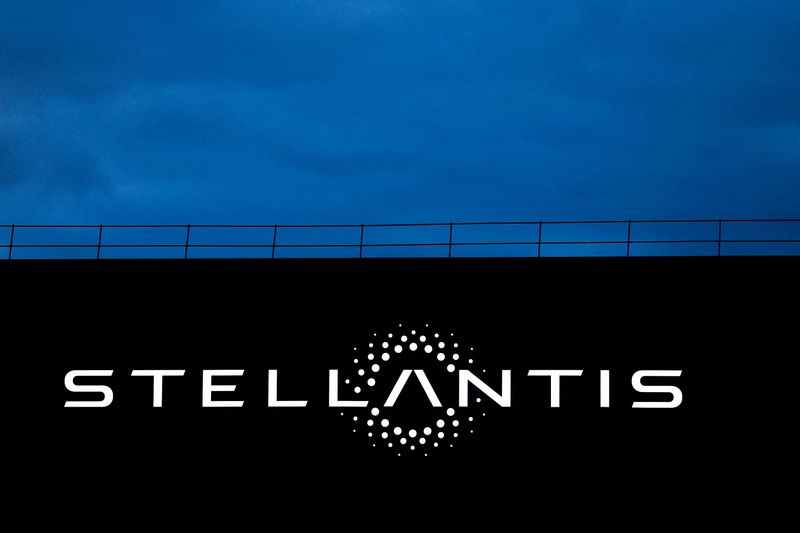China is the world’s largest producer of superheated gases. According to some researchThe country accounted for 27% of the world’s total air pollution in 2019, and air polluting gases have more than tripled over the past three decades.
However, there may be reason for some hope, as China’s investments in solar energy and electric vehicles (EVs) may push the country toward “turning pointWhere dirty energy use drops into a long-term decline and more sustainable energy sources take over, according to Bloomberg News.
bloomberg fee A scene from the recent SNEC PV Power Expo in Shanghai, where China’s largest automaker, BYD; The world’s largest electric vehicle battery manufacturer, Contemporary Amperex Technology Co.Ltd. Thousands of local solar energy companies attended, indicating huge investments in clean energy.
China now it is expected that Add Nearly three times more solar capacity in 2023 than it did just two years ago, while electric vehicles accounted for a third of all car sales in the country last month. One expert recently predicted that “half of China’s total vehicle fleet could be electric by 2030”.
In addition, the country has made significant investments in wind energy, including the construction of a single wind turbine as tall as a 70-storey building.
According to a analysis From Bloomberg, China needs another $38 trillion in clean energy investments to reach net zero by 2050, according to 2015 Paris Agreementin which 196 countries agreed on standards and targets to meaningfully address our planet’s changing climate.
Although it did not previously appear that China was on track to achieve those goals, in bloombergThe country’s new push for clean energy now leaves the outcome up in the air.
China currently imports 10.8 million barrels of oil per day, which is 19% of the global demand for crude oil. But experts expect that number to start declining sharply, thanks to China’s investments in solar and wind energy.
according to Goldman Sachs, “China’s progress in renewables should help reduce its energy imports by 10% by 2030,” and could halve them by the early 2040s.
join us Free newsletter Get weekly updates of the coolest innovations improve our lives And Save our planet.



